If you own an electric vehicle, you should be charging your electric vehicle (EV) at home or on the go on a regular basis, but how do these chargers actually work? This guide takes a practical approach, starting with the basics of how an EV charger powers your vehicle and the components that make this possible. We'll dive into the factors that affect charging speed, help you choose the best charger for your specific needs, and provide you with the insights you need.
How Does an EV Charger Supply Power to a Vehicle?
EV chargers are responsible for transferring electrical energy from the power grid to the vehicle's battery. The process involves converting Alternating Current (AC) from the grid into Direct Current (DC), which is used to charge the battery. This conversion can take place inside the vehicle via an onboard charger or externally through the charging station itself, especially in the case of DC fast chargers. The efficiency and speed of this power transfer depend on several factors, including the type of charger, the vehicle’s battery capacity, and the state of the electrical infrastructure.

What Are the Components of an EV Charging System?
An EV charging system comprises several key components working in unison to deliver power safely and efficiently. These components include:
-
Charging Connector: The interface between the charger and the vehicle, with different standards such as CCS, CHAdeMO, and Tesla’s proprietary connector.
-
Cables: Conduct the electrical current from the charging station to the vehicle.
-
Control Unit: Regulates the flow of electricity, ensuring that the battery receives the correct voltage and current.
-
Power Electronics: Manage the conversion of AC to DC, control the charging rate, and monitor the overall system for safety.
Each component plays a crucial role in ensuring that the charging process is not only efficient but also safe for both the vehicle and the user.
How Do EV Chargers Communicate with Electric Vehicles?
EV chargers communicate with electric vehicles (EVs) through specialized protocols that ensure charging is both safe and efficient. One key protocol is the Open Charge Point Protocol (OCPP), which allows for real-time data exchange, enabling the charger to start or stop charging, adjust power levels, and log important data. Another critical protocol is ISO 15118, which supports plug-and-charge functionality, allowing the vehicle to automatically connect to the charger and begin charging without manual input. Additionally, ISO 15118 facilitates Vehicle-to-Grid (V2G) communication, enabling the EV to send power back to the grid, which is essential for future energy management.
The communication process offers several key benefits:
-
Automatic Charging Adjustment: The charger adjusts the charging rate based on the battery’s current state, helping to prevent overcharging and extend battery life.
-
Real-Time Monitoring: The system continuously monitors the charging process, detecting issues like overheating or connection problems and making necessary adjustments to ensure safety.
-
Energy Management: These protocols enable the charger and vehicle to optimize charging times and rates, reducing energy costs and improving efficiency.
These features ensure a smooth, reliable, and user-friendly charging experience for EV owners.
What Factors Affect the Charging Speed of an EV?
Several factors influence the charging speed of an electric vehicle (EV), and understanding these can help optimize the charging experience:
Charger Type-
Level 1 Chargers: These are standard household outlets, providing slow charging (2-5 miles of range per hour). They are best suited for overnight charging or low daily mileage needs.
-
Level 2 Chargers: Found in homes and public charging stations, these chargers use 240V power, offering faster charging (10-60 miles of range per hour).
-
DC Fast Chargers: These high-powered chargers can provide up to 200 miles of range in just 30 minutes, making them ideal for quick stops and long-distance travel.
- Battery Size: Larger batteries take longer to charge but offer greater range. The charging speed may slow down as the battery approaches full capacity to prevent overcharging.
- State of Charge: Charging typically starts quickly when the battery is low and slows down as it gets closer to being fully charged. This tapering off helps protect the battery and extend its lifespan.
- Temperature: Extreme temperatures, particularly cold weather, can slow down charging. Batteries operate best within a moderate temperature range, and colder conditions may require more energy to warm up the battery before charging can begin.
- Grid Conditions: The stability and availability of the power grid can also affect charging speed, especially during peak demand times.
- Different EV models have varying maximum charge rates, which dictate how fast they can accept power from a charger. The vehicle’s onboard charger and battery management system play significant roles in determining the charging speed.
By considering these factors, EV owners can better manage their charging sessions, ensuring their vehicle is charged efficiently and ready when needed.
How Can You Choose the Right EV Charger for Your Needs?
Selecting the right EV charger depends on several considerations:
-
Vehicle Compatibility: Ensure the charger is compatible with your EV’s charging port and supports its maximum charge rate.
-
Charging Speed Requirements: If you need quick turnarounds, a Level 2 or DC fast charger may be necessary, whereas Level 1 chargers are sufficient for overnight charging.
-
Installation Location: Consider where you will install the charger. Home chargers typically require installation by a licensed electrician, especially if you are upgrading to a Level 2 charger.
-
Budget: Balance your need for speed and convenience with the cost of the charger and installation.
-
Smart Features: Some chargers offer advanced features like scheduling, energy monitoring, and integration with home energy systems, which can add to convenience and efficiency.
By carefully evaluating these factors, you can choose a charger that meets your needs without overspending.

How Can You Ensure Safe and Efficient Charging at Home?
To charge your electric vehicle safely and efficiently at home, start by having a professional electrician install your charger, especially if it's a faster Level 2 charger that needs special wiring. Make sure to use chargers and cables that are approved for safety, like those with UL or CE marks. Check your charging equipment regularly for any signs of damage, and ensure that everything is securely connected. For better efficiency, try charging during times when electricity is cheaper, like late at night, and use smart charging options to keep an eye on the process. Following these steps will help keep your charging safe and effective.
For a reliable and efficient charging experience, consider using a smart EV charger like those offered by Autel. Autel's products are designed with advanced features that allow you to monitor and control your charging sessions through a user-friendly app, ensuring your vehicle is charged safely and efficiently. Their AC car chargers are perfect for home use, offering fast and consistent charging speeds while being easy to install and maintain. By choosing Autel, you can enjoy peace of mind knowing that your home charging setup is both high-quality and dependable.
Conclusion
From the technical processes involved in converting and supplying electricity to the factors that affect the speed of charging, every aspect plays an important role in ensuring that your electric vehicle is ready to go when you need it. By choosing the right charger and following home charging best practices, you can enjoy the benefits of your electric vehicle with confidence and ease.

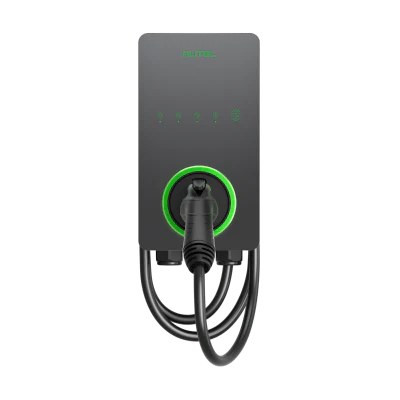
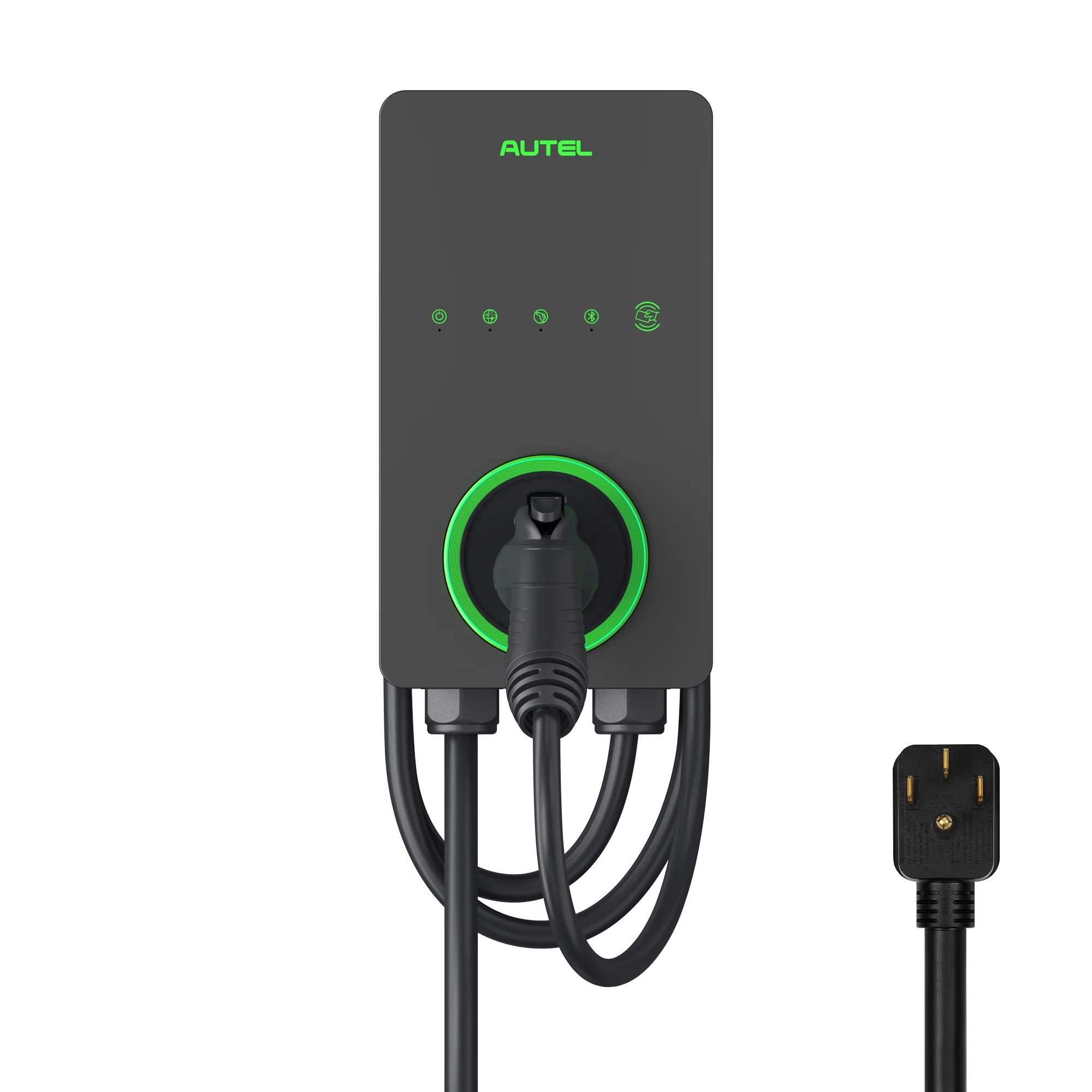
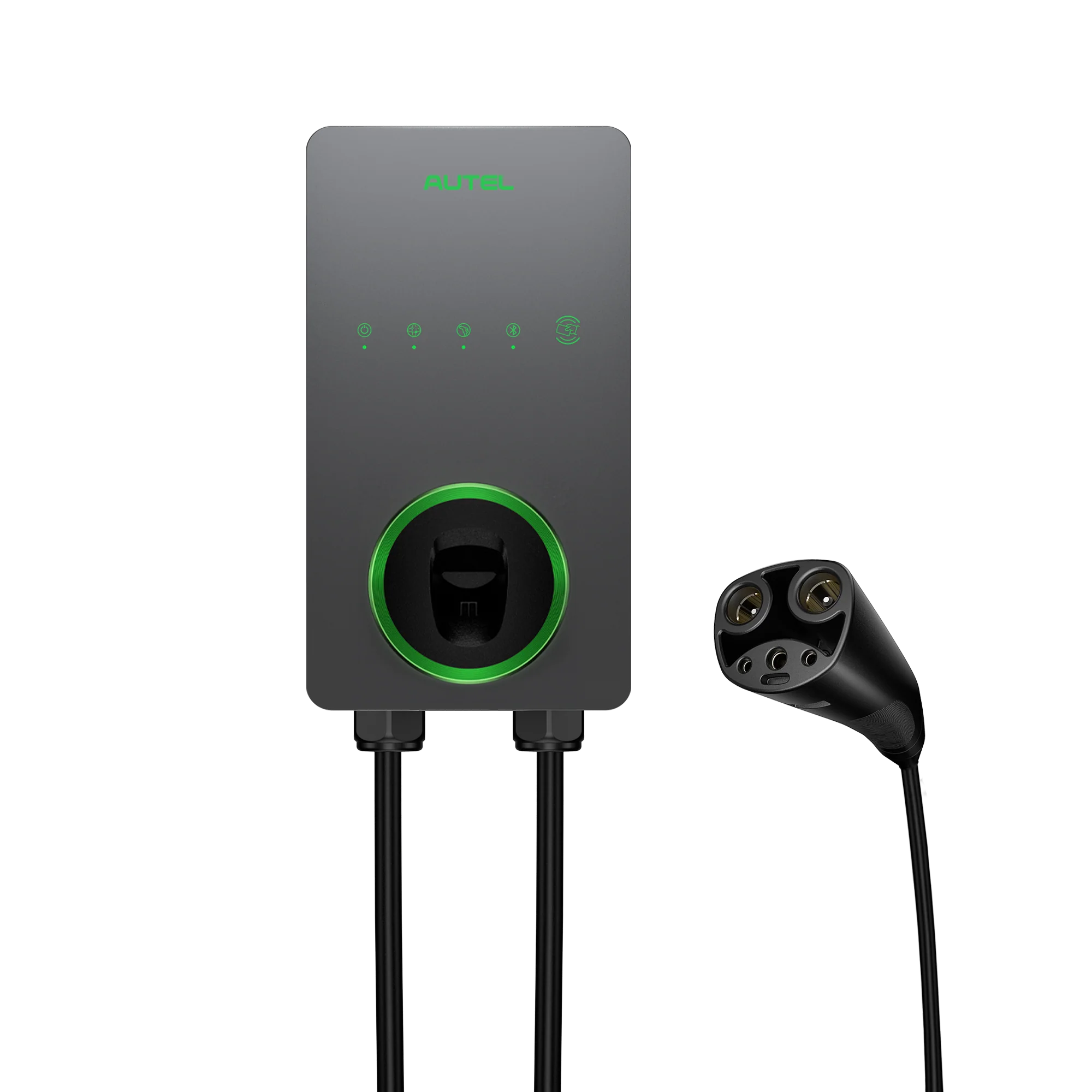
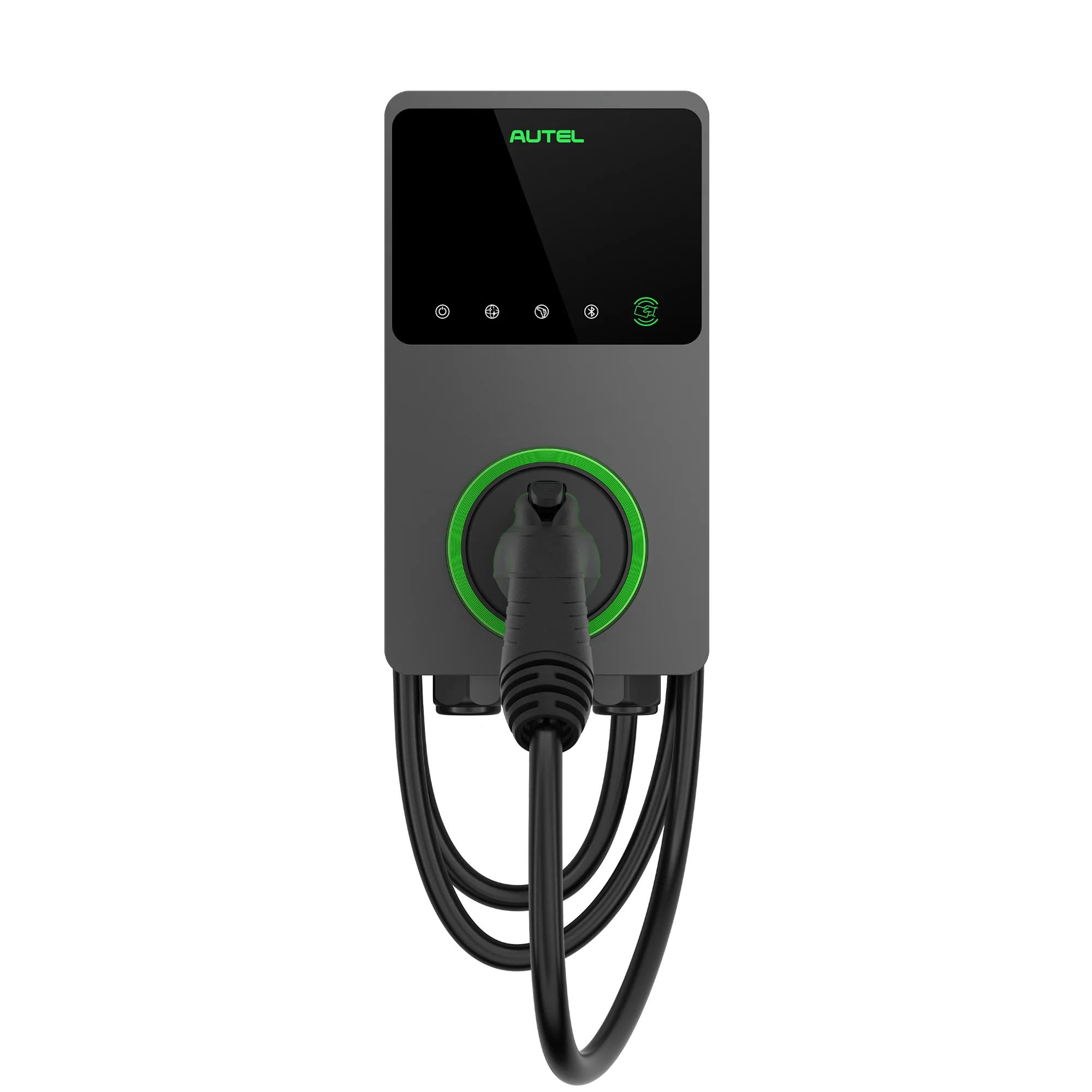
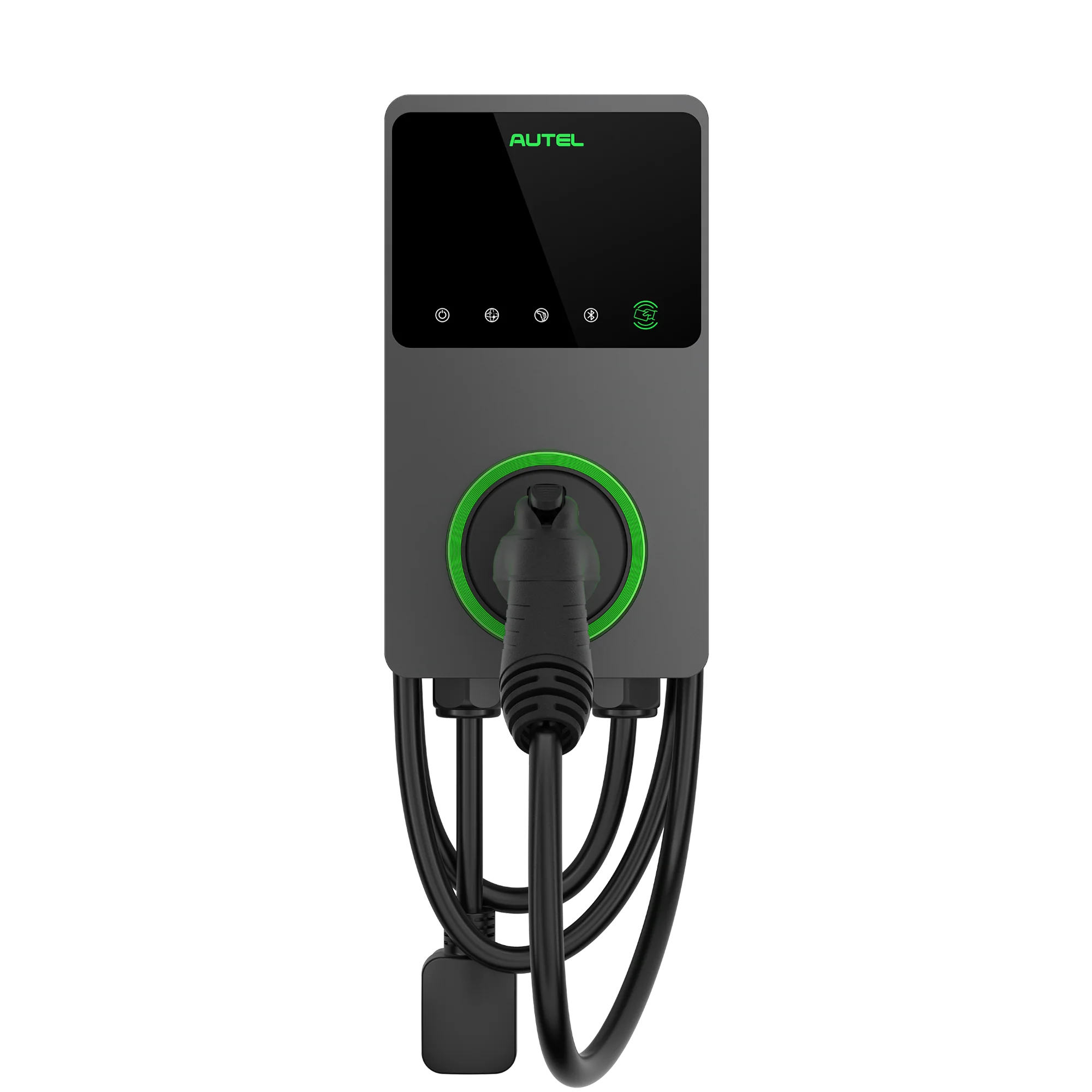

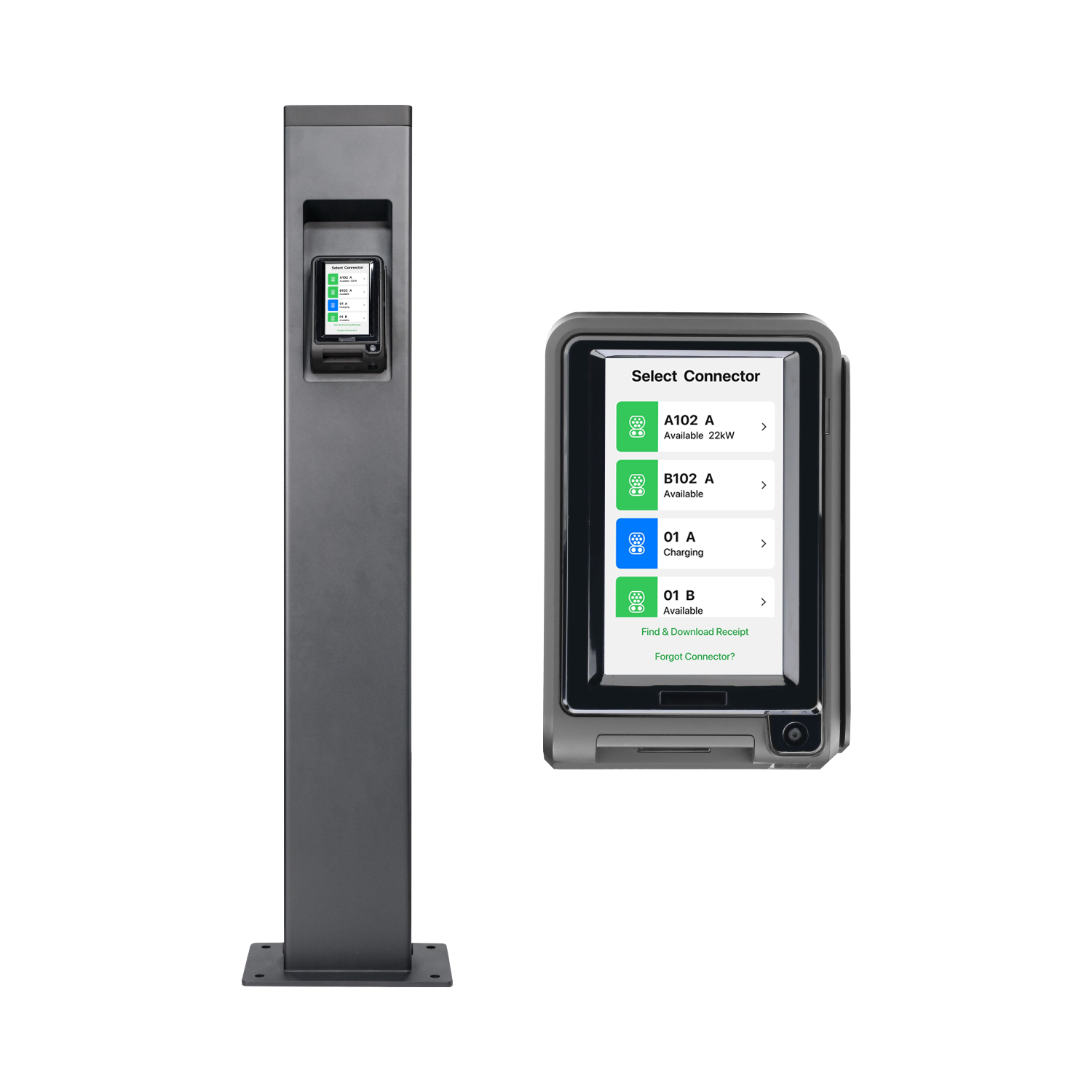
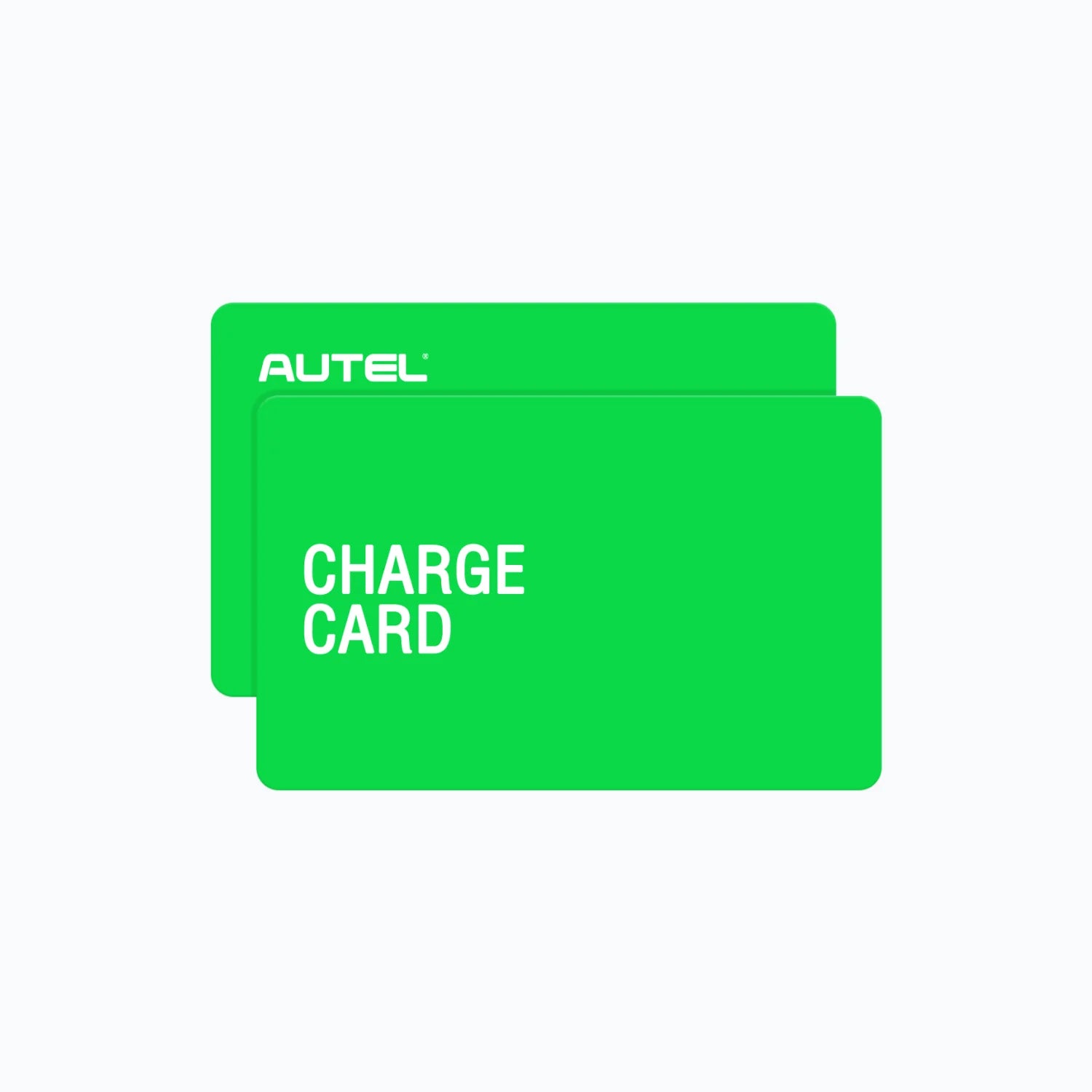
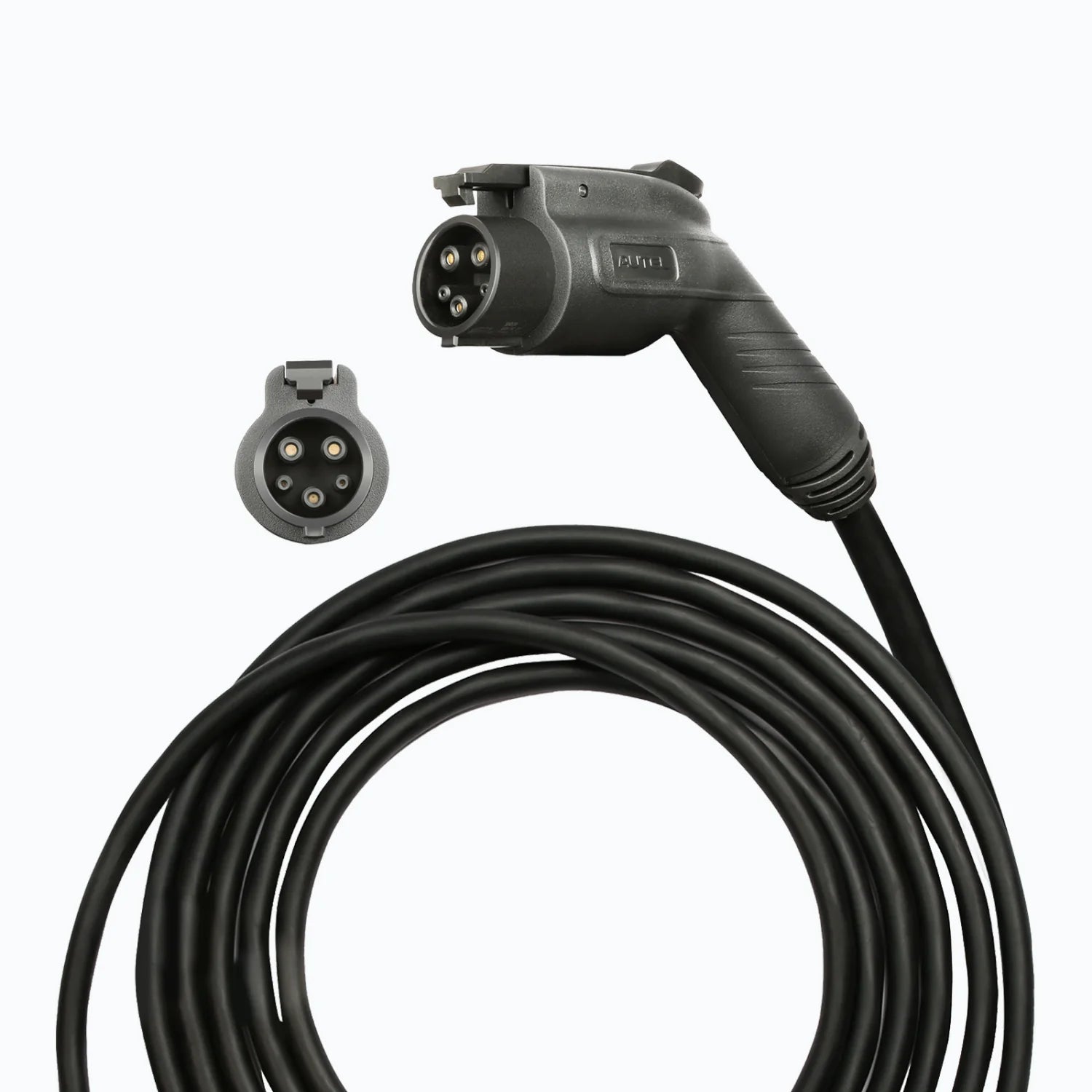
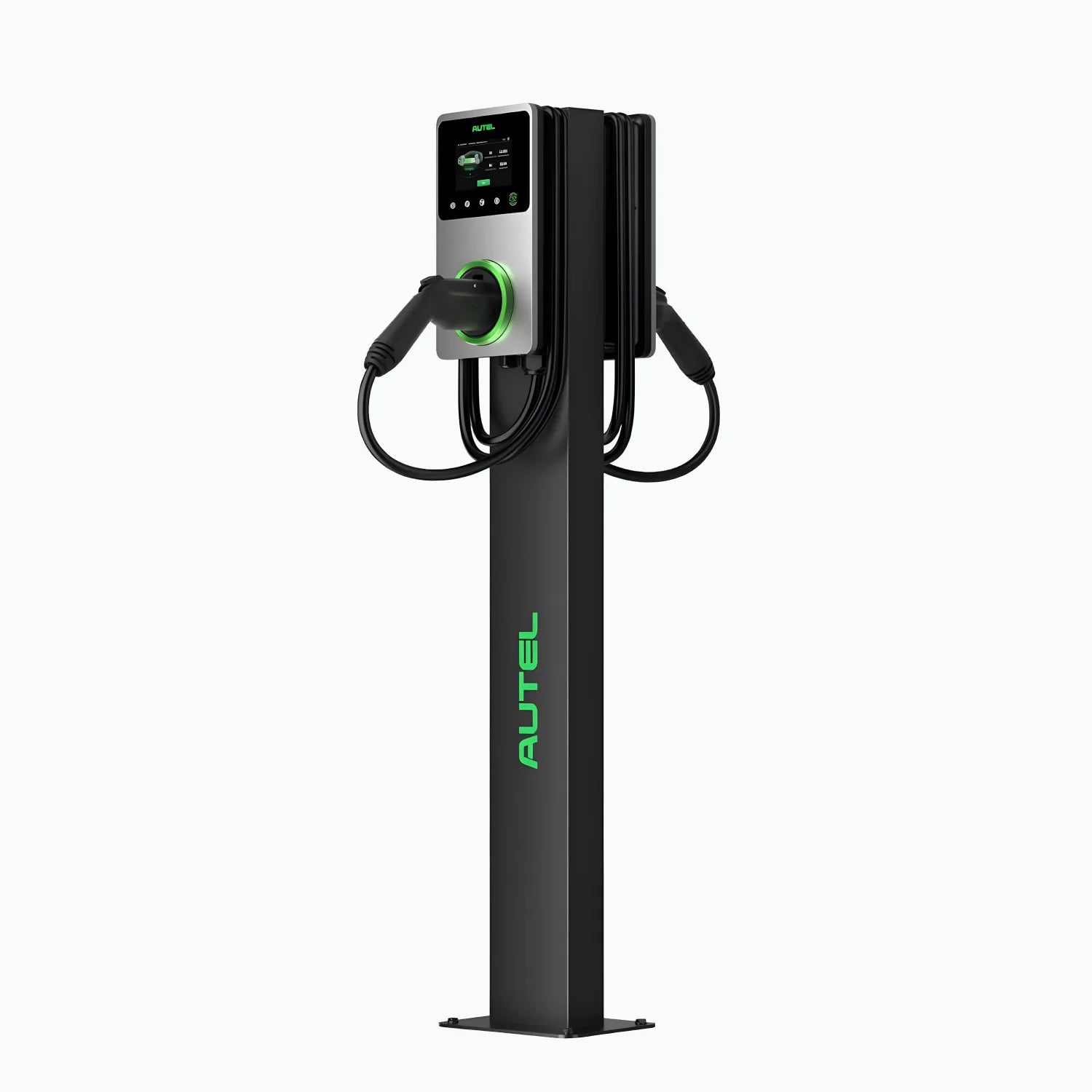
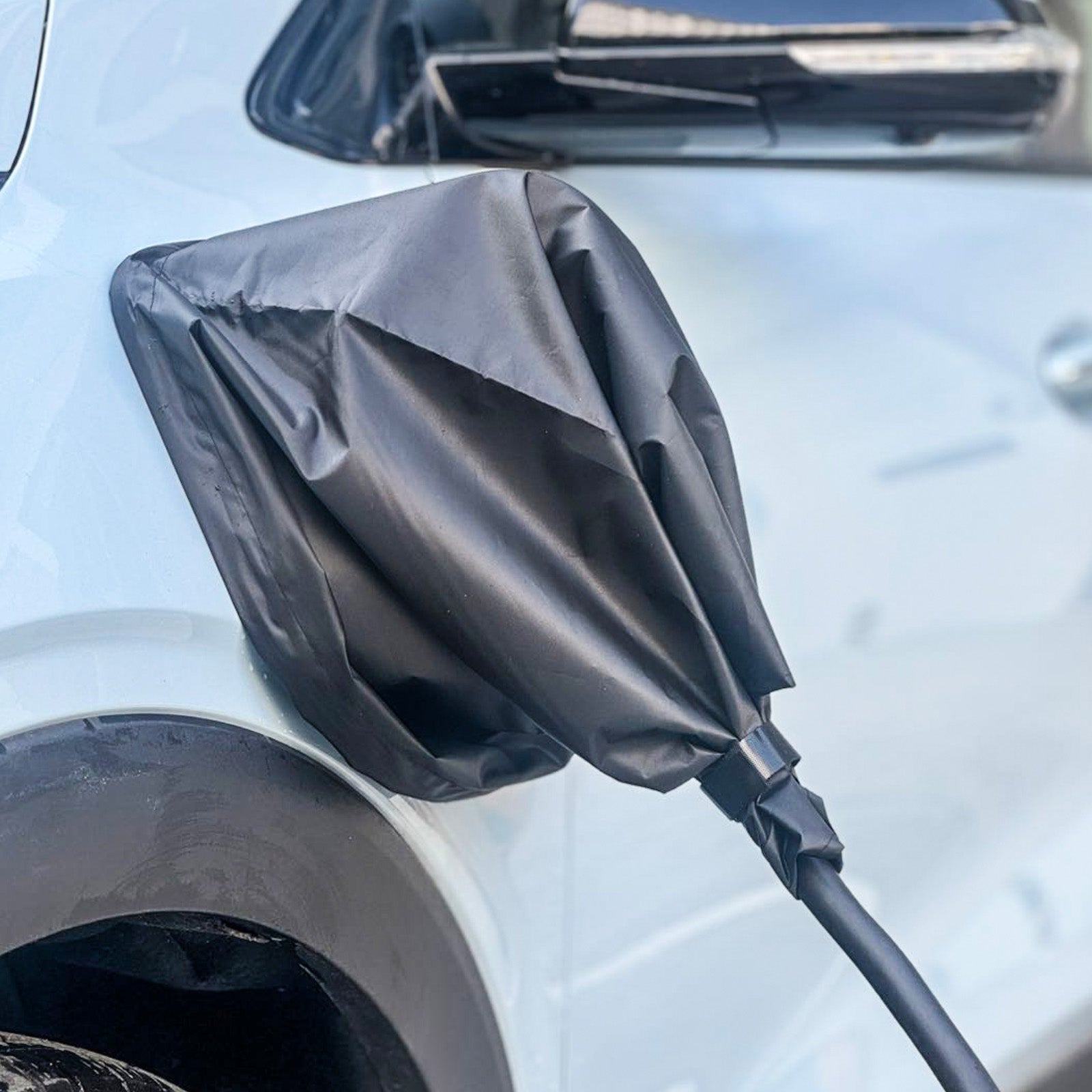
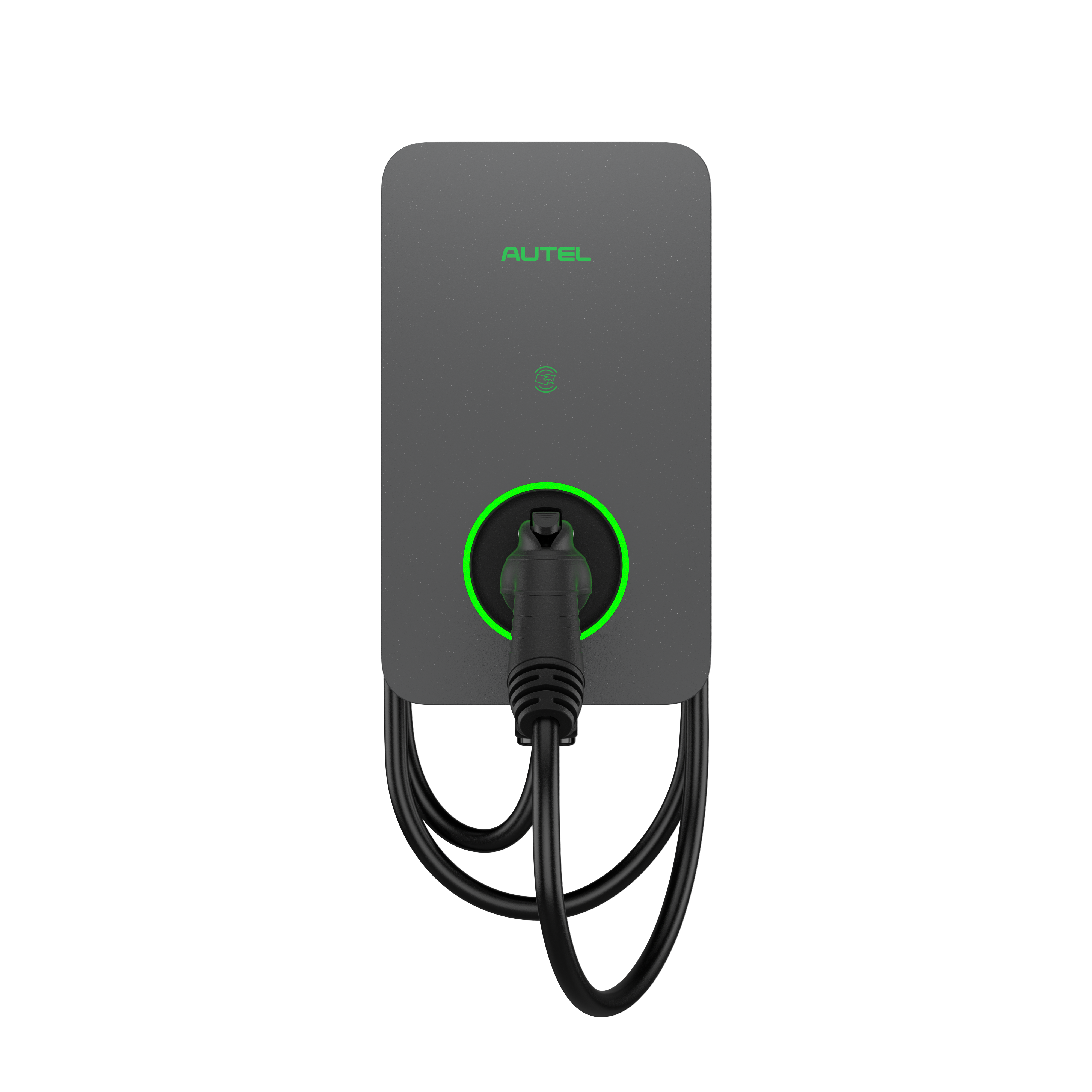
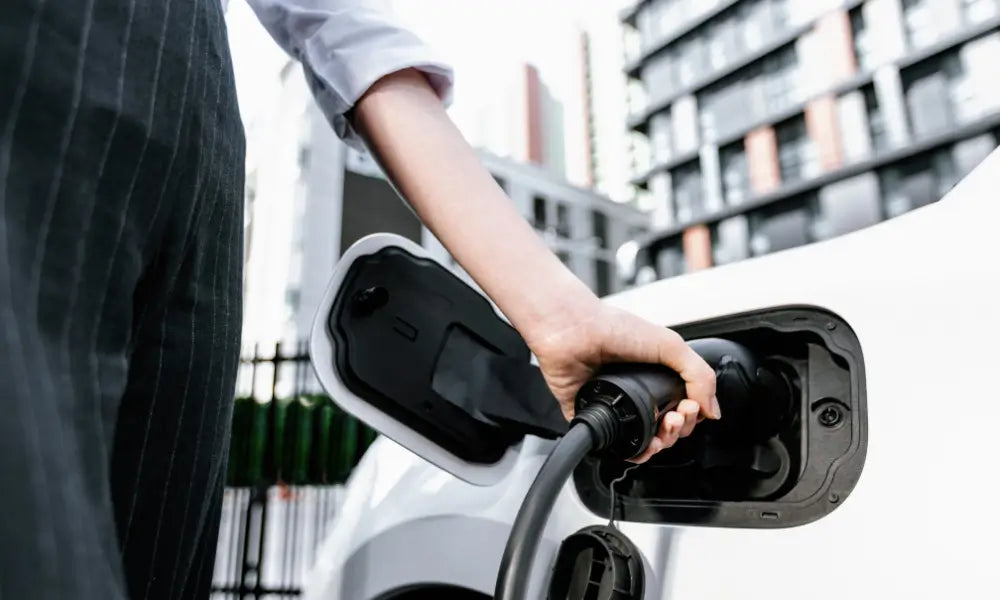
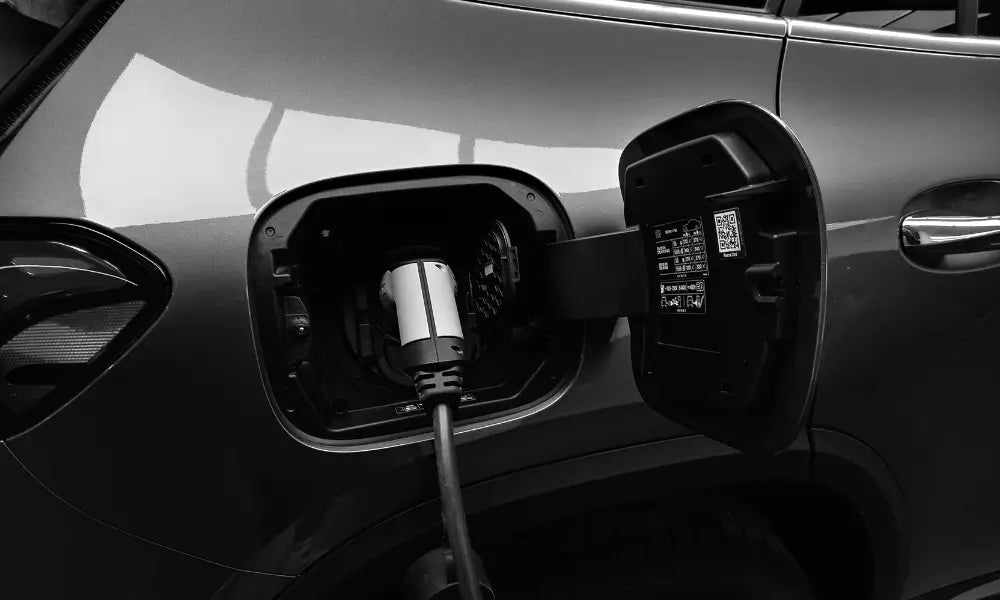
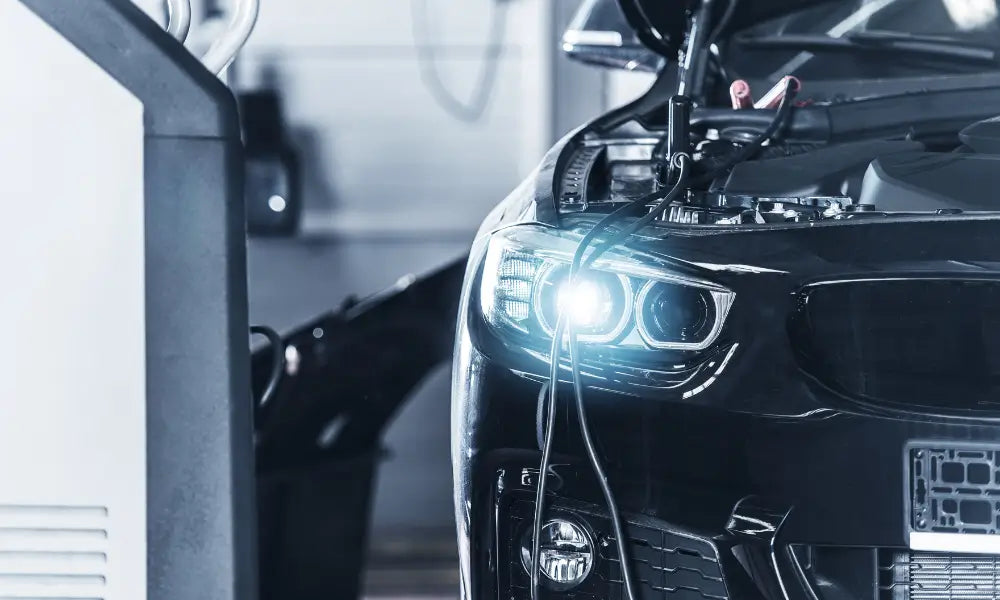
Laisser un commentaire
Tous les commentaires sont modérés avant d'être publiés.
Ce site est protégé par hCaptcha, et la Politique de confidentialité et les Conditions de service de hCaptcha s’appliquent.